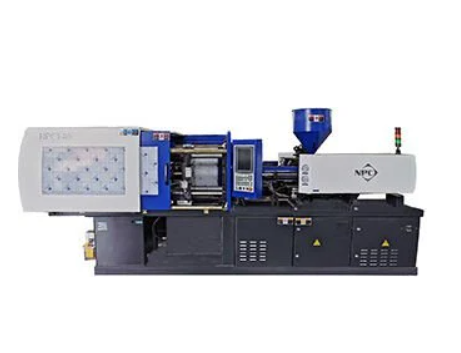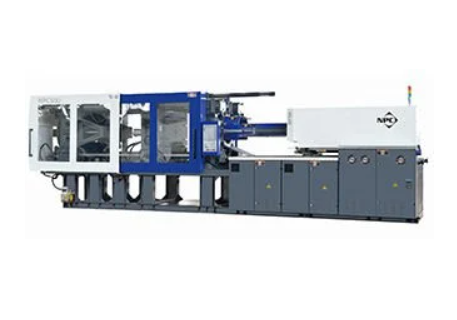

Injection molding is a manufacturing process commonly used for fabricating items from plastic trinkets and toys to automotive body parts, cell phone cases, water bottles, and containers. Essentially many of the plastic parts that we use in every-day life are injection molded. It is a quick process to create a mass amount of identical plastic parts. The flexibility in shape and size achievable by the use of injection molding has consistently widened the boundaries of design in plastics and allowed substantial alternatives of traditional materials due to design freedom and light weighting.

There are many different injection moulding process variations, including:
The first stage of injection moulding is to create the mould itself. Most moulds are made from metal, usually aluminium or steel, and precision machined to match the features of the product they are to produce.
Once the mould has been created by the mould-maker, the material for the part is fed into a heated barrel and mixed using a helical shaped screw. Heating bands melt the material in the barrel and the molten metal or molten plastic material is then fed into the mould cavity where it cools and hardens, matching the shape of the mould. The cooling time can be reduced through the use of cooling lines that circulate water or oil from an external temperature controller. Mould tools are mounted on plate moulds (or ‘platens’), which open once the material has solidified so that ejector pins can eject the part from the mould.
Separate materials can be combined in one part in a type of injection moulding called a two-shot mould. This technique can be used to add a soft touch to plastic products, add colours to a part or produce items with different performance characteristics.
Moulds can be made of single or multiple cavities. Multiple cavity moulds can have identical parts in each cavity or can be unique to create parts of different geometries. Aluminium moulds are not best suited to high volume production or parts with narrow dimensional tolerances since they have inferior mechanical properties and can be prone to wear, deformation and damage due to the injection and clamping forces. While steel moulds are more durable they are also more expensive than aluminium moulds.

NPC Precision Machinery Co., Ltd is a manufacturer of precision plastic injection molding machine which combine professional R&D, manufacturing and after-sales services. If you have any need, please do not hesitate to contact us.
By continuing to use the site you agree to our privacy policy Terms and Conditions.